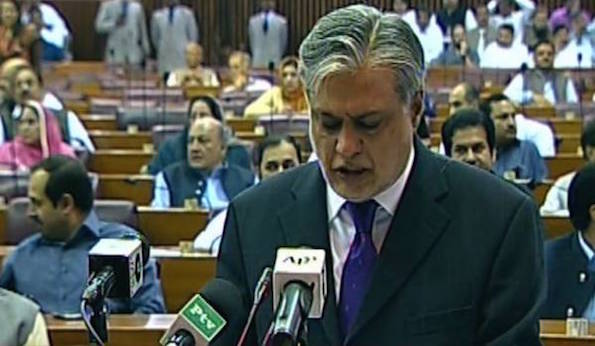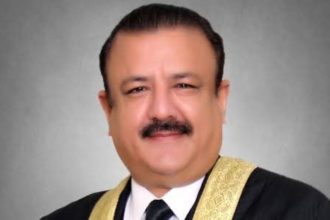Using the occasion for self-congratulation, Finance Minister Ishaq Dar presented budgetary proposals for 2016-17 before the National Assembly on Friday.
Approved by the federal cabinet, the new budget of Rs4.42 trillion appears to strike a balance between fiscal consolidation, imposed by the International Monetary Fund (IMF), and some incentives for the industrial sector.
The federal government unveiled an Rs800 billion development budget, which is Rs100 billion higher than last year but still comes across as less given the huge financing requirements of about 866 projects, including the pressing needs of the China-Pakistan Economic Corridor (CPEC).
Economic growth
Economic growth in the past two years has increased by 4.7 percent, hitting an eight-year high.
“This would have been better if the cotton crop hadn’t suffered a fall in growth of 28 percent,” he said.
However, analysts and economists feel the growth rate is low and insufficient to meet the growing job demand.
Tax revenues
In three years, there has been an increase of 3% in tax revenues.
The increase has come on the back of higher tax rates. Meanwhile, the tax net has fallen, with the number of returns filers going below the 1-million mark.
Fiscal deficit
Dar said the government aims to restrict the fiscal deficit at 4.3% of the GDP.
Pakistan Stock Exchange
Market capitalization has increased over the last four years, while the pending merger of all three stock exchanges was also settled.
The PSX will also be added to the MSCI Emerging Markets Index.
Federal budget deficit
The federal budget deficit — excluding provincial surpluses — will be reduced to 4% by 2017 and 3.5% by 2018.
Rate of inflation
The minister further said that the inflation rate recorded at 2.82 percent is the lowest in the past ten years.
Telecom sector
A total of Rs11.4 billion will be allocated to the telecom sector.
Click the image below for our special report on the PML-N’s performance in the past three years:
The total estimated size of federal expenditures is over Rs4.42 trillion, around 8% higher than last year’s budget of Rs4.1 trillion.






